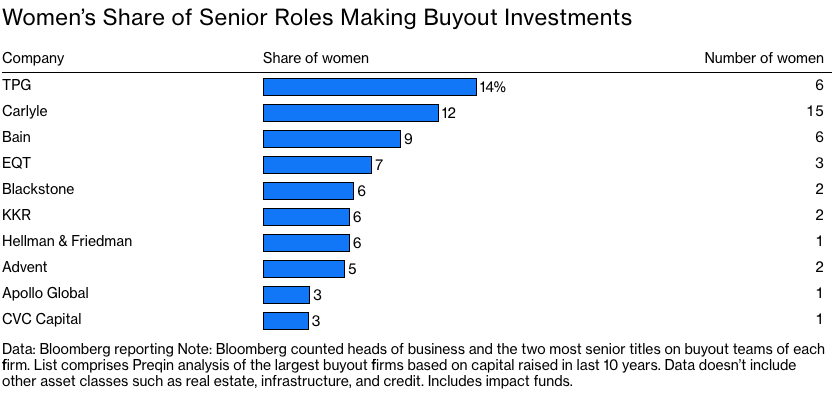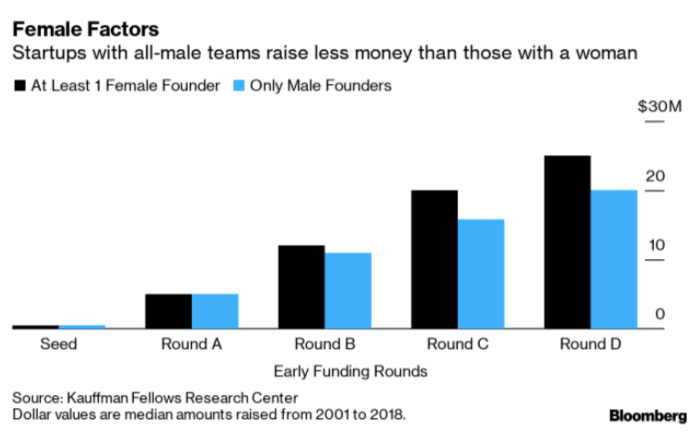Discover how to enhance decision-making in your organization by focusing on three crucial areas: solving the right problem, gathering all the available information, and understanding the intent. Learn to empower your team, foster a purpose-driven culture, and improve organizational clarity for better decision-making.

Are We Driving (the best) Half of Our Workforce Away?
Last week was the Vice Presidential debate, and I didn’t watch it. Honestly, I am on a diet, forbidding alcohol, so it was not an option. However, looking at Social Media, my understanding of the debate’s outcome was:
- It was a traditional debate; both sides avoided questions, had their talking points, and remained calm.
- The Fly Won
- Senator Kamala Harris made all sorts of unpleasant faces and was a “b****.”
- Vice President Mike Pence talked over Kamela and the female moderator, demonstrating male sexism.
As I didn’t watch it, I have no idea who won; however, many women saw Vice President Pence’s interruptions of Senator Harris sexist norms. Simultaneously, various news outlets reported that Vice President Pence did a great job among many of the President’s supporters. This data ties in with a fascinating paper just released, “Status threat, not economic hardship, explains the 2016 presidential vote,” by Diana C. Mutz, at the University of Pennsylvania. According to Professor Mutz, “Candidate preferences in 2016 reflected increasing anxiety among high-status groups rather than complaints about past treatment among low-status groups.” Thus white males continue to be threatened by other groups diminishing their privilege and claiming to suffer discrimination.
To those who are up in arms so far claiming there is no sexism in the U.S., I would recommend looking at the “Am I the Asshole?” forum on Reddit. The AITA forum provides a thorough look at gender inequality and the degree of sexism in our society. Once you have read this, reflect on what it means for your wife, daughter, and mother. We need to face it and remove it. Adopting the Administration’s stance with its executive order’s stated goal is “to combat offensive, and anti-American race and sex stereotyping and scapegoating,” is just doing more damage and denying reality.
However, being sexist in business and creating an unwelcoming environment for women will not attract more women into the business world. As I discussed in a prior blog post, we need them in business, and we need women more at higher levels of the organization. The data shows that:
- Companies with female CFOs improved their earnings;
- Companies with female CIOs improved their investment returns; and
- Companies with women on their boards performed better.
Furthermore, some claim that countries with women leaders have performed better during COVID, but there is more to that discussion. While this may be a correlation and not causality, it is worth noting. Women also are better at today’s’ leadership requirements, e.g., working in groups and showing empathy. As I said last week, most of our graduates from undergraduate, law, and medical schools are women; to drive them away is just putting us at a global disadvantage.
So, given the above, having more high performing women should put you at a competitive advantage. It is time for what I call the “Moneyball” approach. There is a market of high performing employees who are not valued as highly by your competition. The key is to provide an attractive work environment for them, design compensation to meet their needs, e.g., flexible time, and seek out to recruit them. Building an organization that attracts and retains high performing women at all levels will also attract other women and will provide you with a competitive advantage. We all need one of those in these times.
Copyright (c) 2020, Marc A. Borrelli
Recent Posts
Boosting Common Sense Decision-Making in Your Organization
Do You Understand Your Costs to Ensure Profitability?
You can only determine profitability when you know your costs. I’ve discussed before that you should price according to value, not hours. However, you still need to know your costs to understand the minimum pricing and how it is performing. Do you consider each jobs’ profitability when you price new jobs? Do you know what you should be charging to ensure you hit your profit targets? These discussions about a company’s profitability, and what measure drives profit, are critical for your organization.
Sunk Costs Are Just That, Sunk!
If you were starting your business today, what would you do differently? This thought-provoking question is a valuable exercise, especially when it brings up the idea of “sunk costs” and how they limit us. A sunk cost is a payment or investment that has already been made. Since it is unrecoverable no matter what, a sunk cost shouldn’t be factored into any future decisions. However, we’re all familiar with the sunk cost fallacy: behavior driven by a past expenditure that isn’t recoupable, regardless of future actions.
Do You REALLY Know Your Business Model?
Bringing clarity to your organization is a common theme on The Disruption! blog. Defining your business model is a worthwhile exercise for any leadership team. But how do you even begin to bring clarity into your operations? If you’re looking for a place to start, Josh Kaufman’s “Five Parts of Every Business” offers an excellent framework. Kaufman defines five parts of every business model that all flow into the next, breaking it down into Value Creation, Marketing, Sales, Value Delivery, and Finance.
Ideation! Harder Than It Sounds
Bringing in new ideas, thoughts, understanding, and logic is key as your organization faces the challenges of a changing environment. But when you do an ideation session in your organization… how does it go? For so many organizations, many times, after a few ideas have been thrown out and rejected, the thought process slows down very quickly, and a form of hopelessness takes over. How does your organization have better ideation? I’ve come across a new approach with a few teams lately.
Recruit, Recruit, Recruit!
An uptick in business has begun this quarter, and companies are rushing to hire to meet this surge in demand. What amazes me is how many are so unprepared to hire. Continual recruiting is key to the survival of a company. It isn’t the same thing as hiring—continuous recruiting is building a pipeline of people that you would hire if you needed to fill a position, or “A players” you would hire if they were available.
We All Need Clarity
If your organization is focused on obscurity over clarity, whether intentionally or not, your “A” player employees are vulnerable. There is a looming talent crunch. As we start to emerge from COVID, demand is increasing, and many are scrambling to fill positions to meet that demand. Headhunters and recruiters are soon going to be calling your key “A” employees. Have you been giving them a reason to stay?
Not Another **** Meeting
As Leonard Bernstein put it so well, “To achieve great things, two things are needed: a plan and not quite enough time.” Your meetings can be shorter, more fruitful, and engaging, with better outcomes for the organization, employees, and managers. It’s time to examine your meeting rhythms and how you set meeting agendas. This week, I break down daily, weekly, monthly, quarterly, annual, and individual meeting rhythms, with sample agendas for each.
Is Your Company Scalable?
Let’s start here: Why should your company be scalable at all? If your business is scalable, you have business freedom–freedom with time, money, and options. Many business leaders get stuck in the “owner’s trap”, where you need to do everything yourself. Sound familiar? If you want a scalable business that gives you freedom, you need to be intentional about what you sell, and how.
Are you ready for the Talent Crunch?
Companies are gearing up to hire. Unfortunately, many are competing within the same talent pool. Some experts are currently predicting a strong economic recovery starting in May or June. But as the economy booms, there is going to be fierce competition for talent. How will you fare in the looming talent crisis? Your organization should be creating a plan, now, so you can attract the talent you need in the year ahead.















